Erigeron strigosus
One of four common native fleabanes
Erigeron strigosus daisy fleabane
There are three similar species of fleabane that grow in our state. This is normally the second one to bloom - late spring and summer, following the common or Philadelphia fleabane of early spring.
It is a native annual or biennial or perennial plant and can grow up to three feet tall. Like the other fleabanes it is a member of the aster family and has numerous yellow disk flowers and 40-100 thin petal-like white ray flowers. These ray flowers usually do not have the tendency to turn pink as in Philadelphia fleabane, but this coloration has been seen. Both disk and ray flowers are fertile and can self-fertilize if not pollinated. Each composite flower is about ½ inch in diameter. Like the other members of its genus, the seeds form with tufts of hair for wind distribution.
Eastern fleabane tends to have fewer leaves on the stem than the other species and these leaves may only have a few teeth or have no teeth at all. The leaves do not clasp the stem and become sparser towards the top of the stem. On average the leaves are four inches long and about 2/3 inch wide. The slender stem has white hairs, but they lie closer to the stem rather than spreading.
It grows in fields, on roadsides and in waste areas throughout eastern North America and in scattered parts of the west except for the desert and the high arctic. It can also be found in more fertile areas where the related species seldom grow. The fleabanes are often dismissed as weeds, but can be quite pretty, especially when growing in colonies. Several species of bees and flies use the plant as a source of nectar and some native mammals will occasionally feed on the leaves. It is also called the white-topped Fleabane, rough fleabane, prairie fleabane, daisy fleabane, common eastern fleabane or vergerette rude. The name fleabane comes from the old and mistaken belief that the dried plant could rid a house of fleas.
These various similar species of fleabane demonstrate two principles of biology. One is that new species evolve when populations become isolated from each other and cannot interbreed. A mountain range or a deep canyon can be an example of a physical barrier, but there are few such effective barriers in the eastern United States. In this case the isolation is achieved by different blooming times. The other principle is that two species cannot occupy the same ecological niche without one eliminating the other. The various fleabane species live in the same habitat and use the same pollinating insects, but again do so in different parts of the season. Thus they somewhat avoid competition.
Habitat & Range
Grows in fields, fencerows, and dry grasslands.
Present throughout the state.
| EMP: | FACU |
|---|---|
| NCNE: | FACU |
Phenology
Flowers May through October.
Plant Codes
S-rank: No rank
G-rank: G5 (Secure)
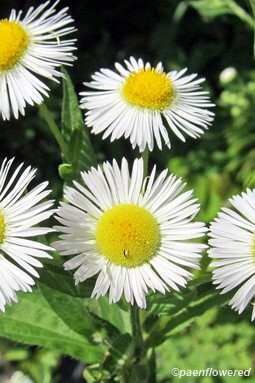
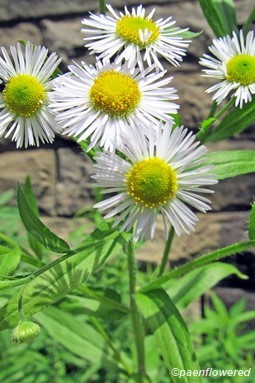
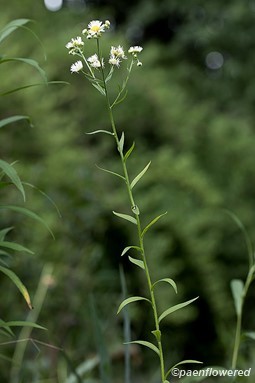
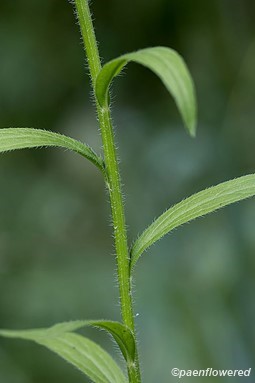
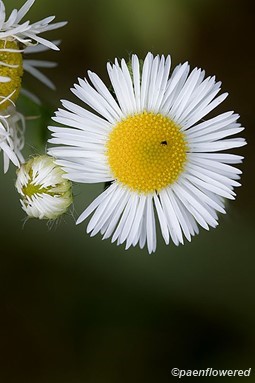

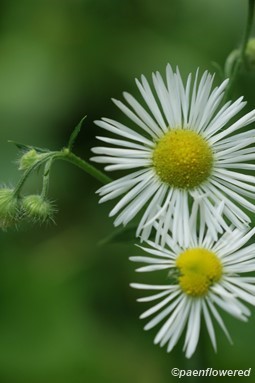





Comments
Have you spotted this plant in your area? We'd love to hear about your experience! Share your comments or questions about the plant below. Comments are moderated before posting.